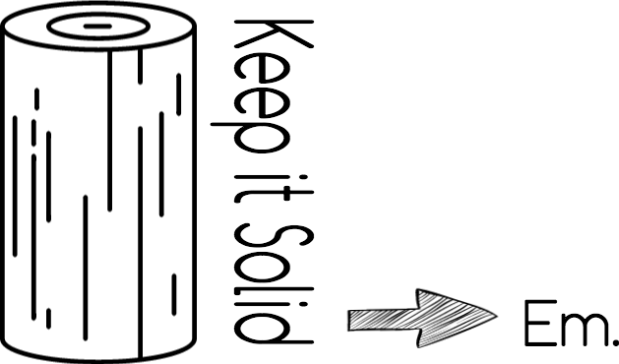The past four weeks have gone by in a blur, and now that I am home again, with bathrooms that have toilets, not holes, I finally have time to think back and reminisce on the summer I spent exploring Mongolia.
The trip started on June 27, when I headed out to LA to meet my group for the fist time. Meeting everyone was awkward at first, luckily we had a twelve hour plane ride to sleep and prepare for the next several weeks. After traveling through a time warp we landed in Ulaanbaatar, the main city in Mongolia. I was expecting major culture shock, but for me there really was none. Mongolia did not feel like an asian country, most likely because it is the most sparsely populated country on earth (horses outnumber people 13:1). Half of its inhabitants live in UB, which has a population of 1.5 million. It was crowded, but not like what you’d expect for a country in Asia. Upon arrival we traveled to the school where we would be taking language lessons, and we were able to experience first hand how Mongolian traffic works. I found it quite miraculous how all the cars were driving so chaotically, yet there were no accidents. Plenty of honking, mind you, but everything seemed to be well orchestrated. People used traffic lights as more of a suggestion and honks were used as means of communication, not anger (usually). Mongolians danced across crosswalks, evading cars by what seemed like sheer inches. At the school we had our first Mongolian meal, buuz, which are soup dumplings.
In Mongolia, the traditional cuisine consists of few ingredients, prepared in different ways. The foods are potato, meat (beef or mutton, there was so so so much mutton), cabbage, carrots, and dough made from flour and water. There was also plenty of milk tea, made from steamed milk and tea boiled and then reboiled. Mongolians have very strong stomachs, and us Americans could not drink tap water or stomach the straight chunks of fat that were in all the meat dishes (and all dishes in Mongolia are meat dishes).
During our stay in UB we also attended the black market to buy some deels for naadam, a large summer festival in Mongolia. Deels are traditional clothing items worn by both men and women all over Mongolia. Naadam is the Mongolian equivalent of the Olympics, celebrating the strengths of the Mongolian people. At the black market we were on the lookout for pick pocketers, due to a two hour briefing we had on them right before our arrival at the market. Anytime someone brushed by I would get jumpy, because the black market is a very popular spot. I bought a pink deel from a lady and tried to barter down the price by saying “dosh oh” and making hand gestures. I had no luck, and paid the full price, around $40 American dollars.
I have only been home for two days and the time change has given me the ability to stay up all through the night, and I am testing my luck with using caffeine to get me through the day. I have an emotion that I can not describe when I think back to Mongolia. I think back to the time I spent with my home stay family in the Mongolian plains helping to herd sheep. I think back to the time spent in the ger with a group of people who I made lifelong bonds with, knowing that we will most likely never be together as a whole group again. I have only pure love and gratitude towards my experience, and I look forward to attempting to communicate through words the profound effect Mongolia has had on me.
As Always,






How lucky to have such a great experience, Em!
LikeLiked by 1 person
Looking forward to more thoughts and reflections of your amazing trip. Nannie
LikeLiked by 1 person
Mongolia sounds like a really nice place! 😊
LikeLiked by 1 person
Twas quite the adventure 🙂
LikeLiked by 1 person
this is so beautiful! I hope I can travel someday 🙂
LikeLike
the writing and pictures are amazing!! you have defiantly inspired me to travel more when i leave school 🙂 so close to finishing and i cant waittttttttt to travel ❤ xxx thank you for this my girl xx
LikeLiked by 1 person